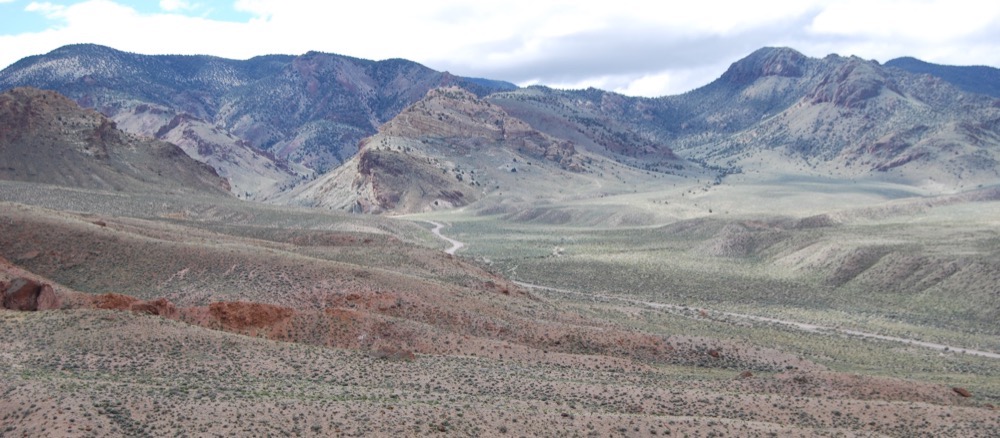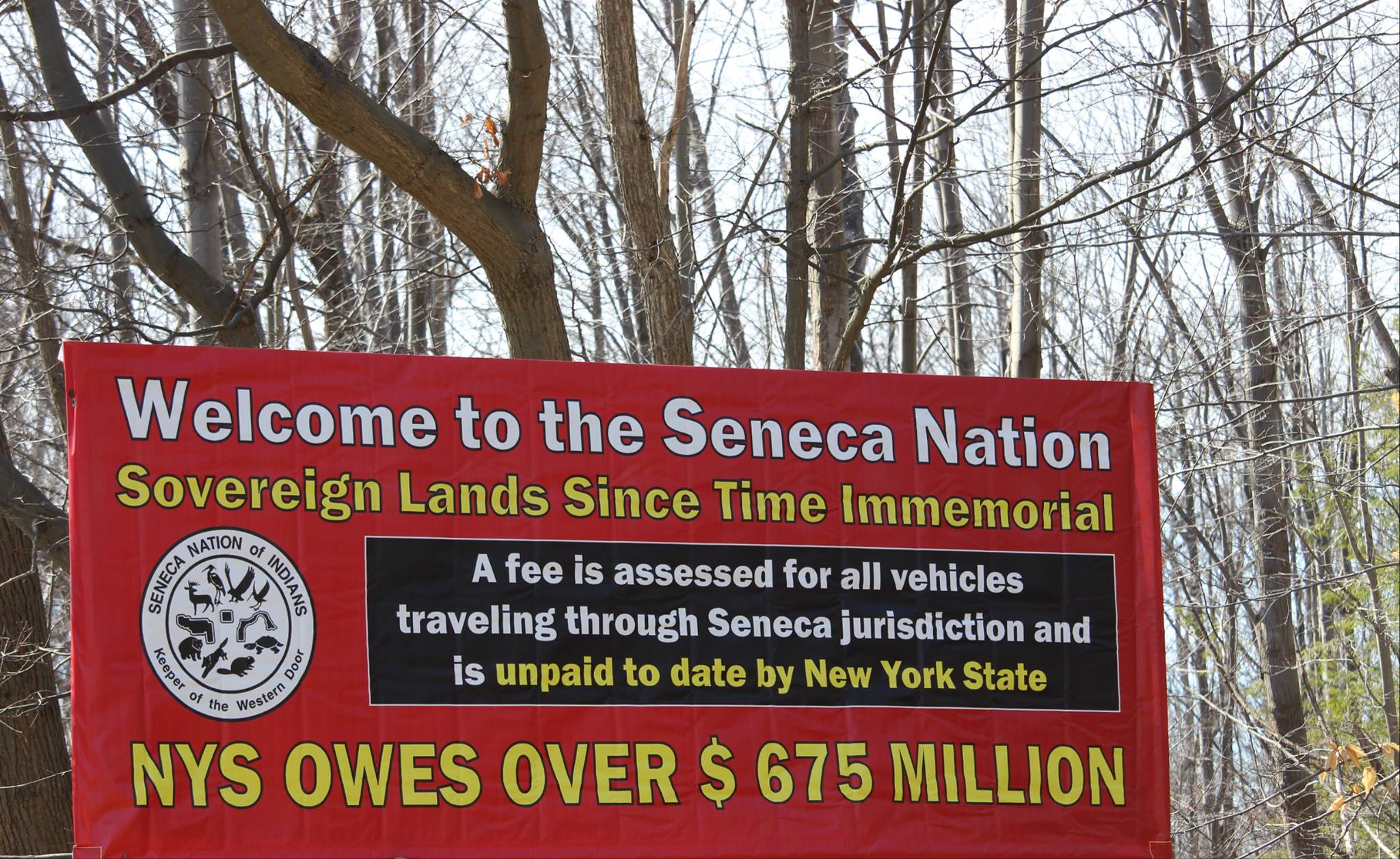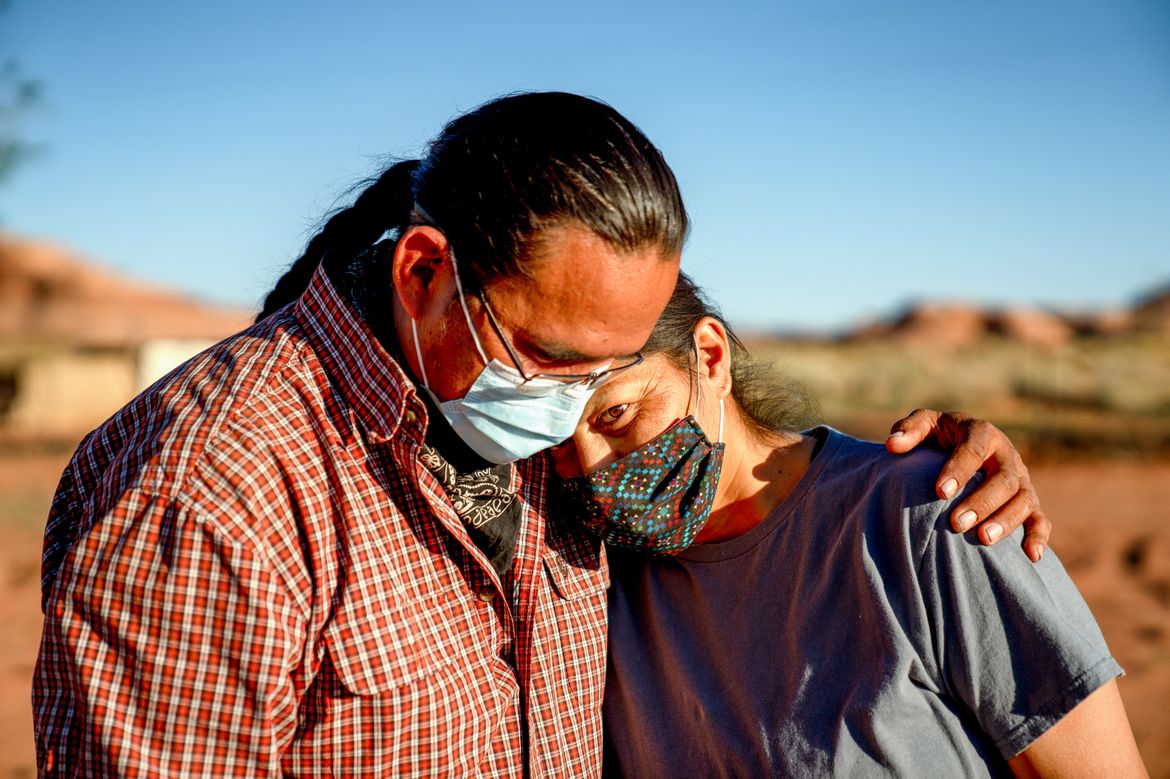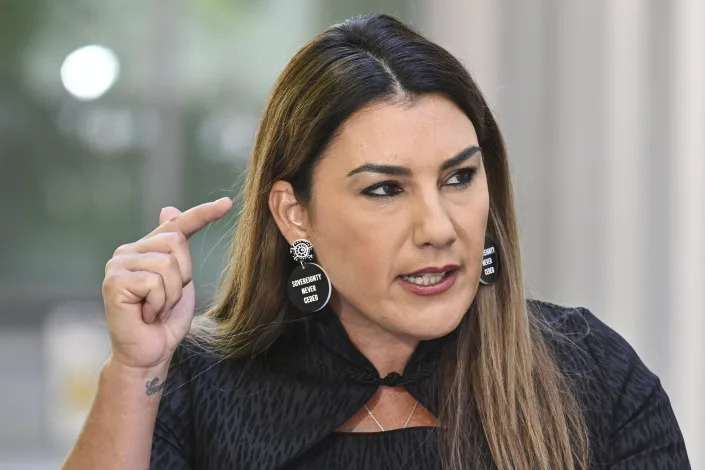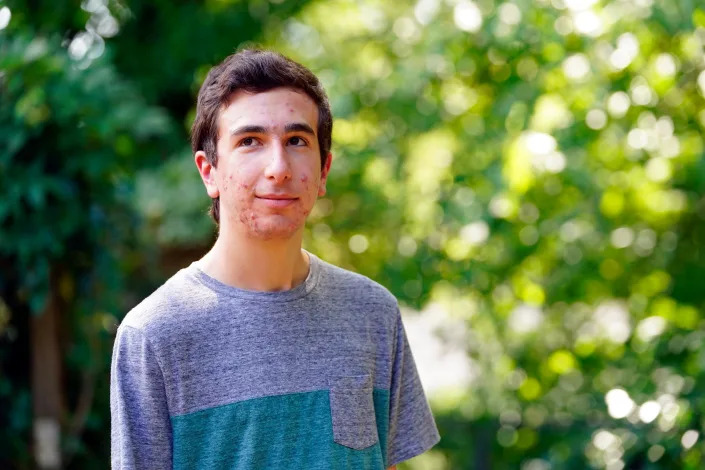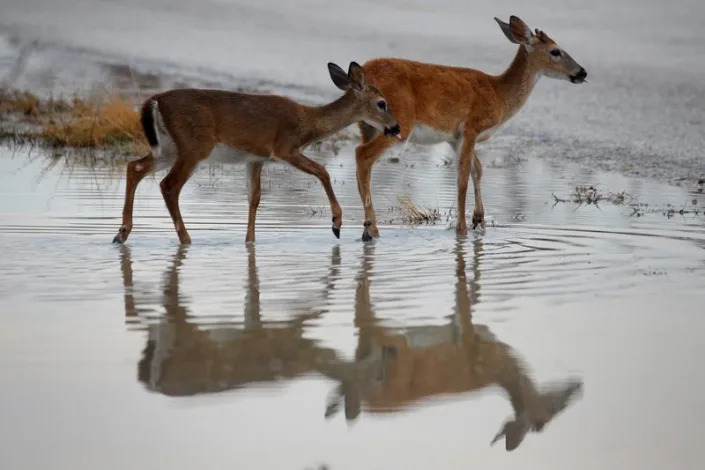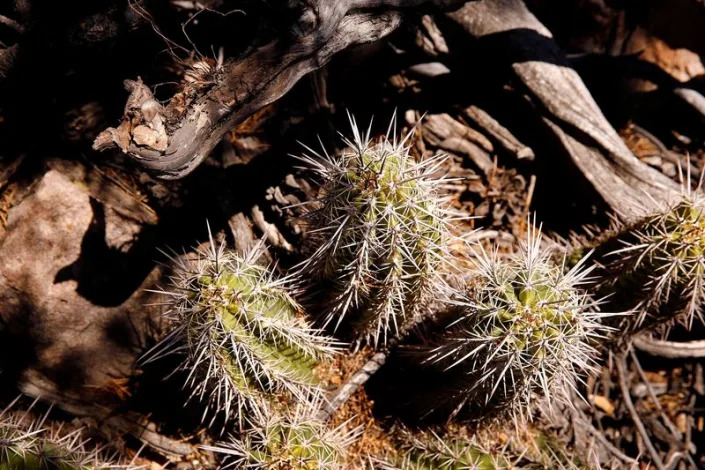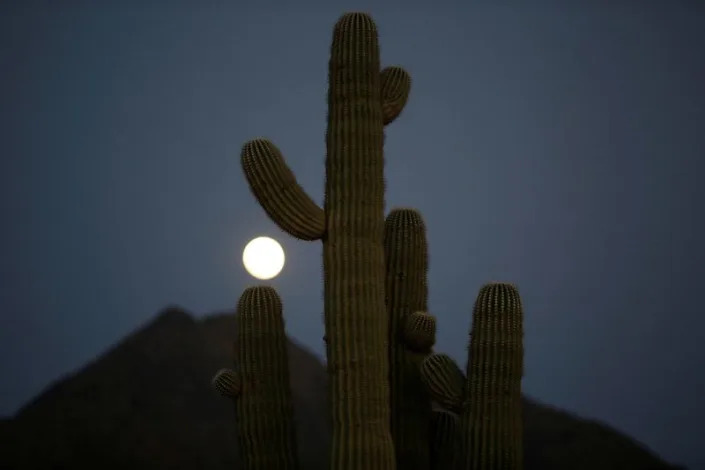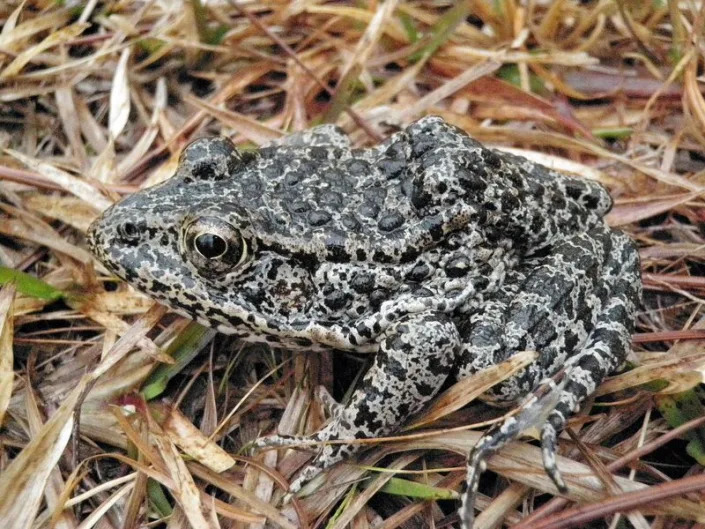WASHINGTON— The United States Department of Energy (DOE) announced on Jan. 13, that it will finance $700 million to Ioneer Incorporated, the Australian company currently developing a lithium mine at Rhyolite Ridge in Nevada.
The financing has conditions that largely depend on whether the project gets all of its operating permits.
If completed, the Rhyolite Ridge project could potentially support the production of lithium for roughly 370,000 electric vehicles each year and would create up to 600 construction jobs and approximately 250-300 operations jobs, according to the project’s website. It would be the first lithium-boron project in the world and the second operational lithium project in the United States.
“As one of the few places in the United States with an abundance of lithium and other critical minerals, Nevada is central to strengthening our domestic clean energy supply chain and making electric vehicles more available and accessible,” Nevada Senator Jacky Rosen said in a statement. “I applaud the Energy Department for providing this loan to help support the mining and processing of Nevada’s critical minerals, help reduce greenhouse gas emissions, and contribute to the creation of jobs in our state.”
Rhyolite Ridge is between Reno (215 miles south) and Las Vegas (255 north) near the Nevada-California border. Not only will the project encroach on the habitat of an endangered wildflower, which is on the U.S. Fish and Wildlife Bureau’s Endangered Species Act, but it is also on lands significant to the Western Shoshone in the region.
“This land is very sacred to our people,” Joe Kennedy, former Timbisha Shoshone Tribal Chairman, said in an interview with Native News Online. “The mine is within Western Shoshone territories.”
Kennedy lives in the Fish Lake Valley near the proposed Rhyolite Ridge mine. Fish Lake Valley is an outdoor recreational area managed by Esmeralda County, the least populated county in Nevada. The Paiute and Shoshone tribes were the first to settle in the Fish Lake Valley and fossils found in the area validate their settlement.
In his first week in office, President Joe Biden issued Executive Order 14008—Tackling the Climate Crisis at Home and Abroad—which established the Justice40 Initiative. The initiative is intended to direct 40% of the overall benefits of certain Federal investments, including investments in clean energy and energy efficiency, to disadvantaged communities.
“How does the federal government plan to ensure that justice is for ‘the 40%’ for the Rhyolite Ridge mine and local Indigenous communities,” Kennedy asked of the White House’s Justice40 Initiative. “They specify disadvantaged communities, and this is one of those situations where Indigenous communities are always left out of.”
I see the discrimination, and I think everyone else does as well. These antiquated colonial laws that are used against us need to go away.”
The endangered flower, known as Tiehm’s buckwheat, is significant to the Shoshone, says Kennedy. “The buckwheat flower is used by our people and certain places where the plants grows is very special—things like that are very sacred to our people,” he says.
Ioneer does not dispute the need to protect Tiehm’s buckwheat. The company said in a statement that it was committed to mining in an environmentally responsible manner and included a “protection plan” for the endangered flower, which includes avoiding certain populations of the flower during the first phase of the mine’s construction.
The financing of $700 million will be over ten years, at interest rates fixed at when funding begins and mirror U.S. Treasury rates—which are much more favorable than those obtained in private financial markets.
The Rhyolite Ridge mining project secured partial funding from a South African mining company, Sibanye-Stillwater Limited, under a purchase agreement. Under the agreement,
Sibanye-Stillwater would contribute $490 million to secure 40% of the lithium mined, and Ioneer would retain the remaining 50% of lithium and operator status.

